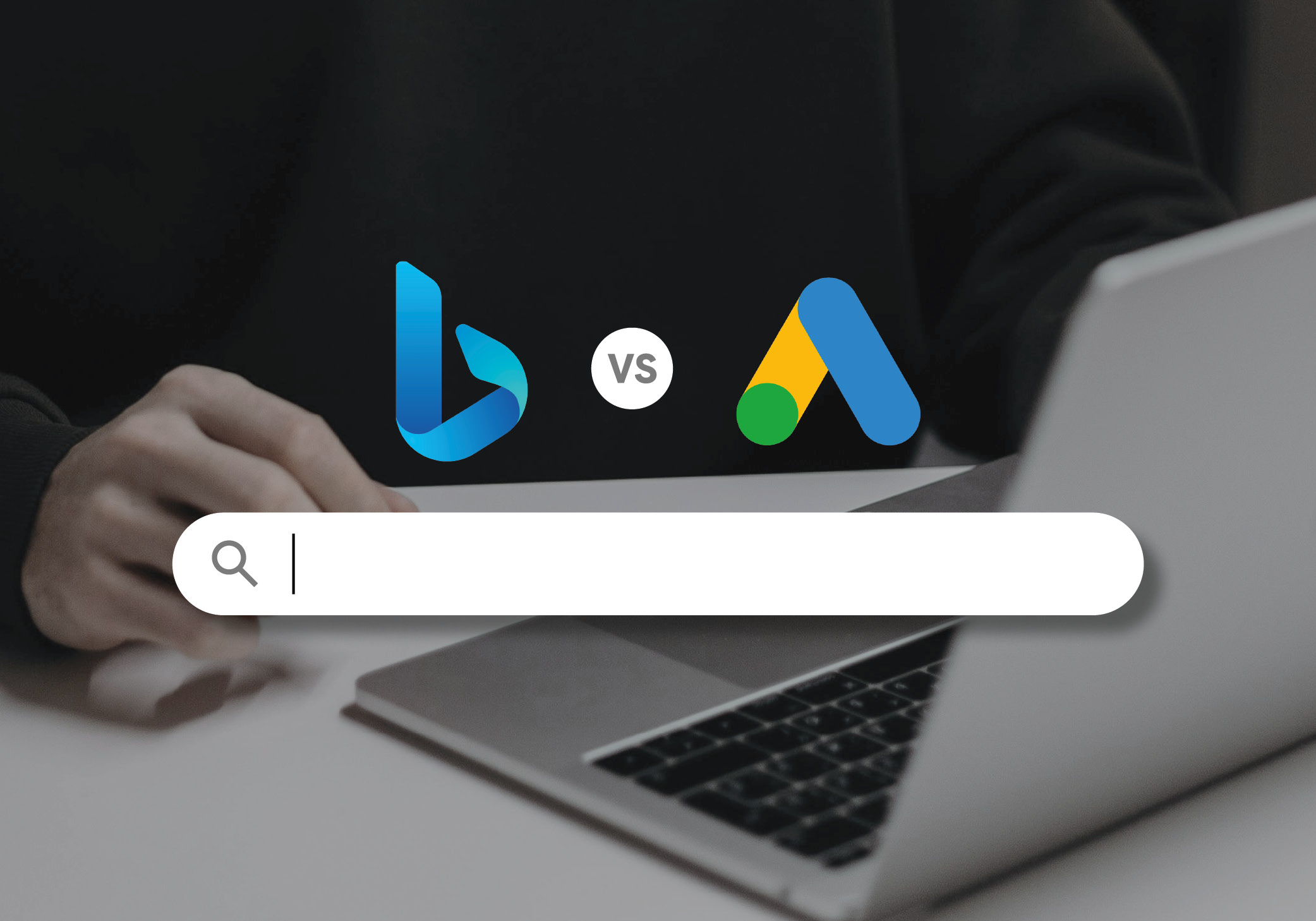In the past few years, privacy for users has now a mandatory expectation, particularly in the case of accessing social media platforms. Nitter is an open-source and privacy-friendly front-end to Twitter — it gained traction because it allows users to read tweets without signing in or enabling JavaScript or being monitored by cookies or advertisements. The primary reason for Nitter’s popularity was simple: it allowed users to browse Twitter content without logging in, quickly and without ads.
In 2025, a lot of Nitter instances are now offline due to the increased restrictions on APIs and pressures to take down X (formerly Twitter). In the aftermath, developers and users alike are looking for alternative Nitter alternatives that have similar features, or exceed them by offering decentralized access, open-source transparency, and self-hosted controls.
If you’re a concerned user, an educator who integrates Twitter feeds on a learning system, or a software developer who is seeking to create authentic front-end interfaces, understanding the best Nitter alternatives is vital.
Below, we’ve summarized the most popular 10 Nitter alternatives and competitors for 2025, as well as their strengths, shortcomings, and applications in the real world.
1. Fritter
Fritter is a no-cost, open-source Android application that allows users to access Twitter content without having to sign up for an account. You can group the accounts you have followed into groups and enjoy a tidy and non-advertised reading experience.
- Platform: Android
- Use Case: Mobile users who would like the Twitter app to be open-source
- Standing Out: Login not needed, Fee management grouped
2. Bird.makeup
Bird.makeup works in a similar way to Nitter as it allows customers to be able to view publicly available Twitter profiles without having to sign in. It offers simple HTML images and loads very quickly, even on slow devices.
- Platform: Web
- Application Case: Anonymous profile viewing
- The standout feature is the minimal interface, without ads, and it works with the majority of browsers
3. Privacy Redirect (Browser Extension)
The original purpose was as a way to redirect Twitter URLs back towards Nitter. Privacy Redirect now provides a variety of alternatives for fallback. It can redirect links to other Nitter-like sites or alternative options that are user-defined.
- Platform: Chrome, Firefox
- Utilization Cases: People who want to automate their anonymous Twitter browsing
- Standout: Customizable redirection rules
4. RSSBridge (Twitter Bridge)
RSSBridge can generate RSS feeds from a variety of websites, including Twitter (in instances). It lets users browse tweets using RSS readers, without going to Twitter directly.
- Platform Web browser
- Use Case Developers and Power Users
- Standout Convert Twitter profiles to RSS feeds
5. Librem Social (via Mastodon)
Librem Social isn’t a Twitter mirror, but is an alternative that is privacy-focused and based upon the Mastodon protocol. It permits decentralized microblogging without advertisements or surveillance.
- Platform: Web, Android, iOS
- Use Case: People looking to leave Twitter completely
- Highlight: A decentralized and federated network
6. Takahe
Takahe is a contemporary open-source ActivityPub-based platform that was designed to duplicate microblogging experiences from social networks. Although it is not yet fully adopted, the platform offers self-hosting capabilities and options for federation.
- Platform: Web (self-hosted)
- Use Case: Companies that wish to have their own microblogging website
- Highlight: ActivityPub support and privacy control
7. BirdsiteLive
BirdsiteLive was designed to be an Nitter alternative that allows tweet viewing without logging in. It will not be widely used in 2025; however, it remains open-source and self-hostable.
- Platform: Self-hosted
- Use Case: Privacy and Developer communities
- Standout can be hosted and forked independently
8. Minimal Twitter (Stylized Reader Extension)
While it’s not a replacement for backends, Minimal Twitter is a browser extension that reduces Twitter’s interface to its essentials. It eliminates advertisements, trends, and recommended content to create a more streamlined UX.
- Platform: Chrome, Firefox
- Usage Case: People who would prefer an easier UI without having to leave Twitter
- The standout feature is the focus on the reading experience.
9. Kawen
Kawen is a tiny new project that offers an uncomplicated Twitter viewer that does not require a login or design. It’s a simple and minimalist interface. While it’s less developed than other Twitter viewers but it’s growing as a replacement for the lost Nitter instances.
- Platform: Web
- Use Case: Light browsing with no clutter
- The standout feature is the speedy static HTML rendering
10. Mastodon and Twitter’s Crosspost bots
Mastodon is a platform that can be integrated into bridges or bots that can integrate tweets into timelines of the fediverse. Although it is indirect, it permits the federated view of certain Twitter content.
- Platform: Web, mobile apps
- Use Case: Public platforms and community-based timelines
- Standout: Bridging X as well as Mastodon content
Building Beyond Nitter in a Privacy-First Era
As Nitter’s reliability declines due to API limitations, the requirement to engage the API developer and legal pressures the users are turning to open-source, federated, or reader-style apps, which continue to provide anonymous accessibility to Twitter content. Each of these alternatives offers a unique solution. Some of them replicate Nitter’s fundamental features, and others suggest a transition towards decentralized, privacy-focused networks.
For educators, developers, as well as community builders, this change provides a new toolkit of ideas. We at Wbcom Designs can assist you in creating your own customized Twitter interface or RSS-based content aggregator, or a decentralized front-end for social media that is integrated with WordPress, BuddyBoss, or LearnDash.




